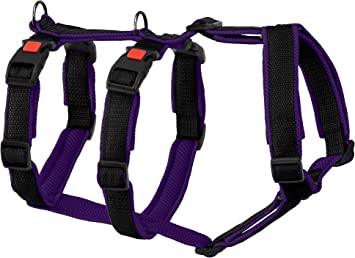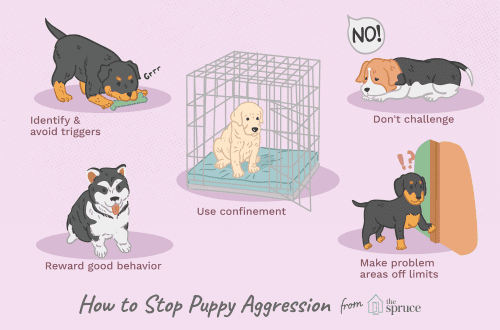
Obsessive motor stereotypy in dogs
There are many studies on obsessive motor stereotypes in dogs, and they combine both genomic and behavioral studies. What is obsessive motor stereotypy in dogs and where does it come from?
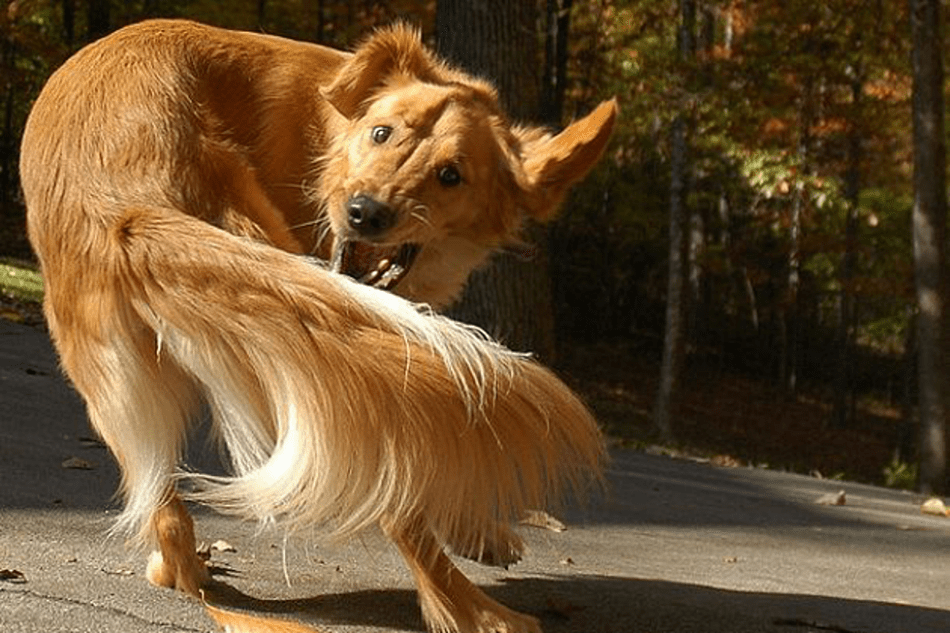
Photo: google.by
Contents
Obsessive motor stereotypy in dogs is a hereditary behavioral problem.
Obsessive motor stereotypy looks like repetition of the same action, and this action does not achieve any obvious goal or does not seem to perform a certain function.
Sofia Baskina at the conference “Pet’s Behavior-2018” named dog breeds prone to obsessive motor stereotypes.
Obsessive motor stereotypy | Predisposed Dog Breeds |
Litter sucking | Yorkshire terrier, labrador |
side sucking | American pit bull terrier, doberman |
Chasing rays (such as highlights) and shadows | Border Collie |
self-mutilation | Dalmatian, hound |
paw licking | Large breed dogs |
Circulation | German Shepherd |
There are other types of obsessive motor stereotypy: “catching flies”, rhythmic barking, masturbation or trance.
Of course, this list of breeds does not mean that all representatives of the indicated breed are predisposed to stereotypy or that dogs of other breeds are immune from this. This is not true.
It is important to distinguish obsessive motor stereotypy from normal species-typical behavior. For example, if a puppy or a bored adult dog is circling behind its tail, this is normal. But if the dog is circling behind the tail for a long time and cannot switch to another activity, this is a reason to be wary. Diagnostic marker: If a dog has a stereotype, it is extremely difficult to distract it.
From the outside it seems that stereotypy is aimless actions. However, the goal of obsessive motor stereotypy, as more in-depth studies have shown, still exists – to help the dog calm down.
For example, a dog lives in a cramped enclosure, but it needs movement. Then she starts running back and forth in the enclosure, and a stereotype develops. If the enclosure is opened and provided with normal conditions, the dog will stop running, as the circumstances that “turned on” this behavior disappear. But there are dogs that start running back and forth without being locked in a cage – why do they do this if their lifestyle does not push them to such behavior? Perhaps the trigger lies in the situation “here and now” – for example, the dog was frightened. That is, stereotypy can be caused by both the conditions of life and the circumstances that arose precisely at that moment. Then it’s about predisposition.
The dog calms down due to the release of endorphins in the body. That is, the dog artificially causes a certain dose of pleasure that it cannot receive naturally – either because of living conditions, or because of the improper functioning of receptors in the body. And this is a fairly effective way to cope with stress, although it causes a lot of other problems.
Scientists wondered if the obsessive motor stereotypy is innate, acquired, or something in between – for example, a dog has a predisposition to such behavior. Two dogs can get into the same conditions, but one, let’s say, develops a stereotype, and the other does not, because she coped in a different way – and then we talk about a predisposition. However, if the dog lives in good conditions, but at the same time from an early age (from about 4 months) stereotypy appears more and more, we are talking about congenital – especially if this is characteristic of brothers, sisters or other relatives.
The obvious and logical way seems to be a way to physically stop the dog from performing the stereotyped behavior in the hope that the behavior will fade away. However, is this method effective? What happens if you deprive the dog of the opportunity to continue to perform stereotypical actions – for example, to immobilize? Will she get better? Physical condition may improve, as she will not be able to injure herself. But the level of stress will increase, which means that the psychological state will worsen.
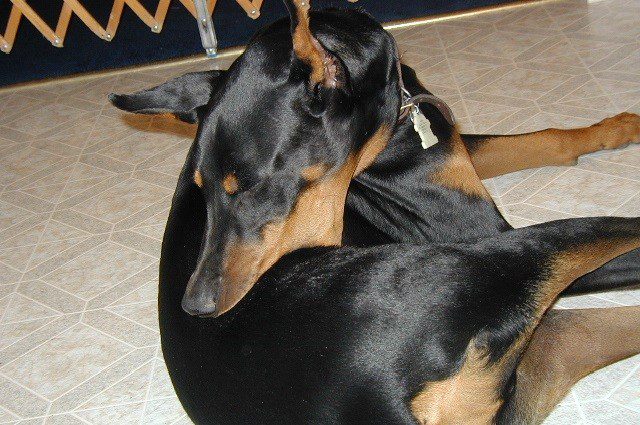
In the photo: obsessive motor stereotypy (side sucking) in a Doberman. Photo: google.by
Obsessive motor stereotypy in dogs – obsessive-compulsive disorder or autism?
There is an opinion that obsessive motor stereotypy in dogs is inextricably linked with obsessive-compulsive disorder. Is it so?
Obsessive-compulsive disorder in humans is an anxiety disorder in which a person is haunted by obsessive fears and thoughts that cause repetitive actions that are extremely difficult to stop. For example, a person constantly washes their hands, even when it is not necessary, or observes seemingly meaningless rituals. In obsessive-compulsive disorder, people often experience stereotypy.
Stereotypes in animals are compulsive, repetitive actions that have no apparent meaning. That is, it would seem, one and the same. Does this mean that stereotypy is a manifestation of obsessive-compulsive disorder in a dog? Unfortunately, we can’t read dogs’ minds and tell if they’re having “obsessive thoughts”—an important part of OCD. However, it is possible that, since there is much in common in behavior, we are on the way to finding the cause of stereotypy.
Scientists conducted studies comparing the DNA of healthy and stereotypic dogs, found that one chromosome contains the most differences, and found a “broken” gene. However, the problem is that in people with obsessive-compulsive disorder, a “breakdown” in this gene is never found. However, it is found in people with autism.
Then maybe obsessive motor stereotypy in dogs is something like autism? Moreover, people with autism also often have stereotypes.
Let’s first understand what autism is. Autism in humans is a disorder that is caused by a developmental disorder of the brain. Manifestations of autism: pronounced problems of social interaction and communication, limited interests and – yes – stereotypes.
And what about dogs?
Scientists in 2011 interviewed owners of bull terriers with trance – one of the types of stereotypy. It turned out that these dogs do have problems communicating with relatives, and that males are prone to falling into a trance more often than females (and in humans, boys are more likely to suffer from autism than girls). However, the “breakdown” in the very gene mentioned above was not found in bull terriers suffering from falling into a trance …
Then they conducted the Obsessive Ideas test with dogs – it is also carried out with people.
In the case of the test subjects, different images appear randomly on two screens, and you have to guess which screen is chosen to display the next image. A person selects a screen and is told whether he has chosen correctly or incorrectly. However, the principle is that “correctness” is chosen randomly and there is no rule. And when there are no rules, a person normally chooses one screen half the time and the second half the time, also randomly. If there are intrusive thoughts, a person, at least for a while, “gets stuck” on one screen.
For dogs, the test was slightly modified – the dogs had to press the person’s hand to get a treat. After the dog touches the hand 40 times on command and receives a treat, testing begins, in which a command is given, but no treats are given. Scientists have taken a fairly large variety of breeds with different types of stereotypy and found that dogs suffering from obsessive motor stereotypies cannot stop pressing on the owner’s hand. At the same time, dogs without stereotypy quite quickly (on average, after 10 attempts to execute a command without a treat) refused further participation in the experiment.
Conclusion: Dogs suffering from obsessive motor stereotypy, regardless of the type of stereotypy, still have obsessive thoughts. But about the genes responsible for all this, the question still remains open.
And we can also conclude that people sometimes cultivate stereotypes, because many people want to have a dog that “obeys without treats”, but so that the skill does not fade away. But litter sucking and other kinds of stereotypes are a side effect that comes at the cost of this convenient quality.
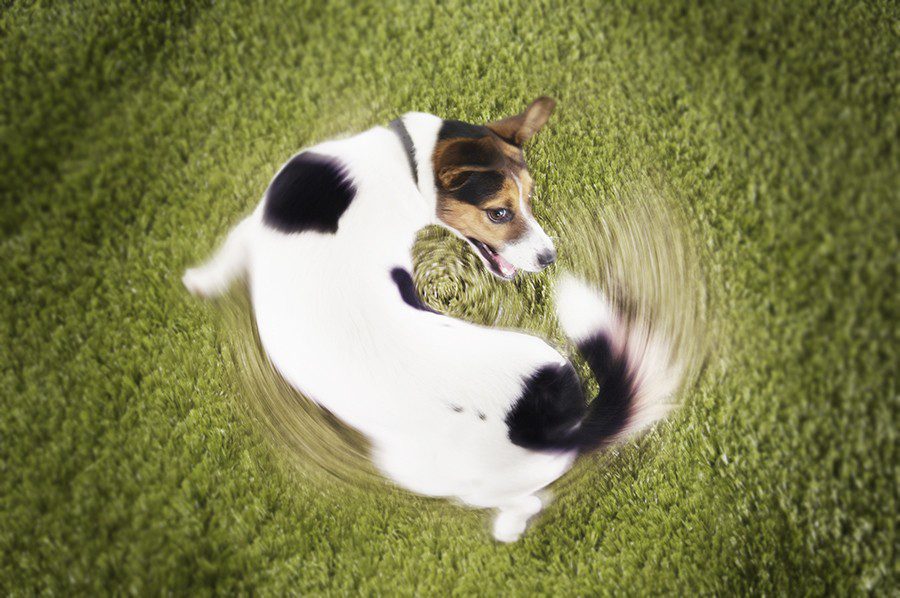
Photo: google.by



